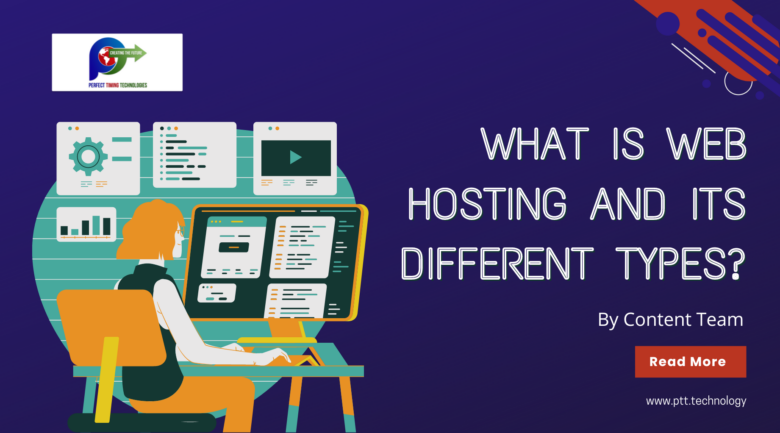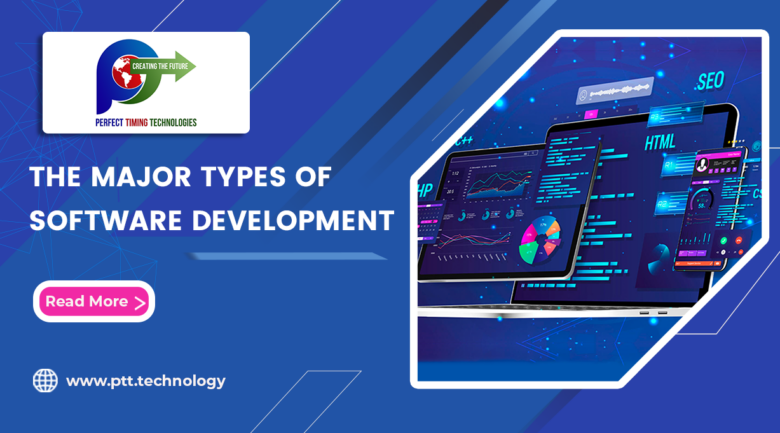
Adopting cloud solutions has become the need of the hour for modern businesses for future market challenges. Adopting Cloud transformation helps a business to meet current market demands along with fulfilling its customer’s expectations.
According to one McKinsey report, cloud technologies have added value of more than $1 trillion for Fortune 500 companies. Similarly, a Gartner study concluded that a worldwide expenditure on cloud technologies will go beyond $597 billion in 2023 itself.
But making the transition to the cloud is not easy. A business must indulge in serious planning, project and IT management, goal tracking, technical implementation and more to execute a successful cloud transformation initiative.
This article shall deal with the concept of cloud transformation in brief and its advantages for new businesses.
What is Cloud Transformation?
Cloud transformation is the process of migrating a company’s IT infrastructure, applications, and data to the cloud. It may include moving workloads from on-premises to cloud servers, adopting cloud-based software solutions, and utilizing cloud storage and networking. It enables businesses to leverage the latest technologies without a significant upfront investment in hardware and software.
Benefits of Adopting Cloud Transformation
Although cloud transformation requires a lot of hard work from an organization’s IT team, the outcome is beneficial in the long run. Adopting cloud transformation can offer numerous advantages to organizations. The key benefits of moving to the cloud are as follows:
- Cost Savings: Investing in cloud technologies allows organizations to pay only for the resources they use, which can significantly reduce capital expenses. Cloud transformation eliminates the need for on-premises data centres, hardware procurement, and maintenance costs.
- Scalability: Cloud technology resources can be easily scaled up or down to meet changing demands. This flexibility ensures that organizations can handle spikes in traffic or workloads without over-provisioning and incurring unnecessary costs.
- Global Reach: Cloud service providers have data centres located worldwide that enable organizations to expand their reach to wider audiences without setting up physical infrastructure in multiple regions.
- Speed and Agility: Adopting cloud technologies allows for rapid deployment of applications and services. Development and testing cycles can be accelerated, reducing time to market for new products and features of one’s business.
- Reliability and Availability: Cloud transformation services offer high levels of uptime and redundancy, which ensures that applications and services are available and reliable, often exceeding what organizations can achieve with on-premises solutions.
- Security and Compliance: Implementing cloud transformation offers robust security features, such as encryption, identity and access management, and compliance certifications. Top cloud service providers have dedicated security teams to monitor and protect against threats to an organization’s cloud data.
- Innovation: Moving to cloud platforms provides a wide array of tools and services that can be leveraged by a business to build and deploy innovative applications and solutions. It can give organizations a competitive edge over their rival companies as they can quickly adopt the latest innovations and respond to market changes.
- Cost Transparency and Reduced Maintenance: Cloud solutions offer tools and dashboards to help organizations track and understand spending, enabling better cost management and optimization. External Cloud providers handle infrastructure maintenance and management, allowing organizations to focus on their core business functions.
- Accessibility and Collaboration: Cloud transformation enable every user among the organization with remote access to applications and data, fostering collaboration among teams, partners, and customers from different locations.
- Reduced Capital Expenditure and Resource Optimization: By moving from a capital expenditure (CapEx) model to an operational expenditure (OpEx) model, organizations can redirect funds to more strategic initiatives. Cloud providers offer tools for optimizing resource usage, such as rightsizing instances and automating processes to save costs.
Conclusion
Cloud transformation is an ongoing process, and the organization must be prepared to adapt to changing business requirements and technology advancements. It involves collaboration among various teams, including IT, security, compliance, and business stakeholders, to ensure a successful and smooth transition to the cloud. However, it is essential to plan and execute migration to the cloud carefully to maximize its benefits while mitigating potential challenges and risks, such as data security, compliance, and vendor lock-in.
Our cloud solutions support various programming languages, databases, and tools, allowing organizations to choose the technologies that best suit their needs. Talk to our experts today.







